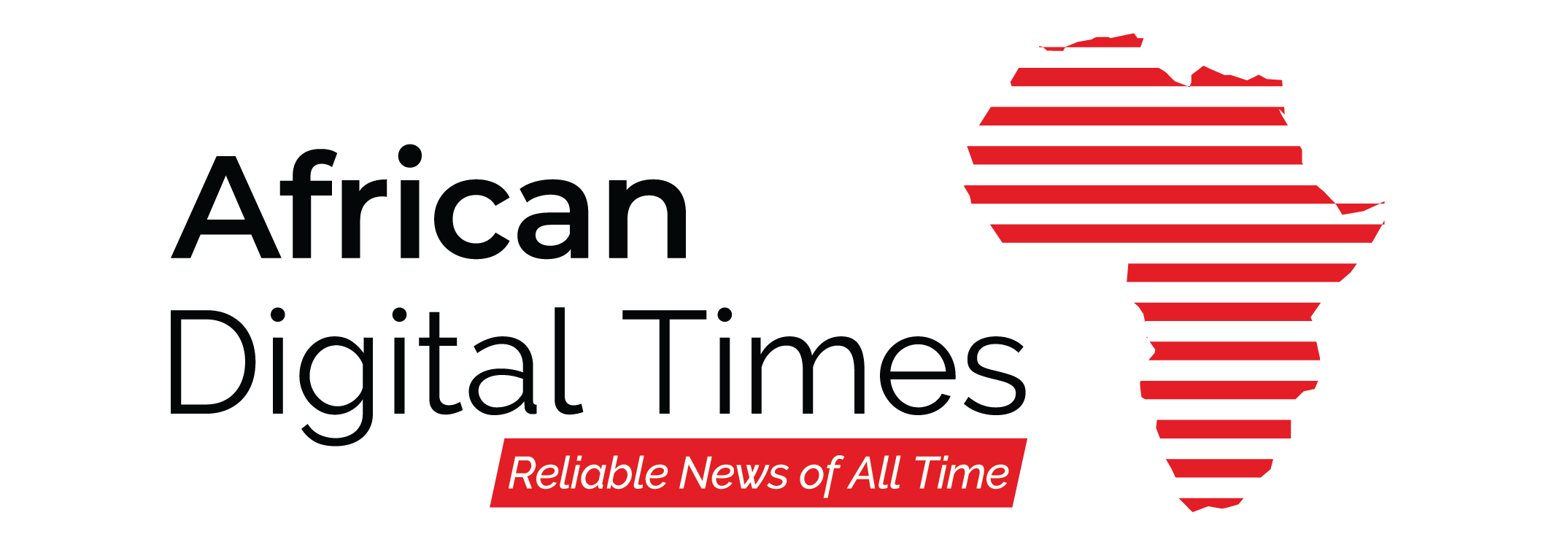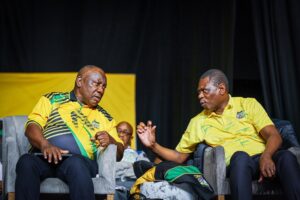
Politicians behave like pigs in cold, standing in a circle with their snouts between the hind legs of the pig in front, as remarked by Senator Eugene McCarthy.
Here’s a clearer version of the text you provided:
The results of the 2004 election are not favorable for the main opposition parties, as they did not perform well nationally or provincially. It’s likely that the Democratic Alliance (DA) and the Inkatha Freedom Party will form a closer alliance, while the New National Party (NNP) – which suffered heavy losses – will have no choice but to align more closely with the ANC.
DA leader Tony Leon’s prediction that the election would lead South Africa towards a two-party system where the ANC confronts the DA, and opposition parties face extinction has not come true.
Four of the smaller opposition parties, including Bantu Holomisa’s United Democratic Movement (UDM), the Pan Africanist Congress (PAC), and the African Christian Democratic Party (ACDP), have suffered heavy losses or failed to improve on their poor performance in the 1999 election. As of now, with approximately 77% of the vote counted, the UDM has received only 1.85% of the national ballot, largely due to defections and factional infighting. The PAC has remained stagnant at less than 1%. Though the ACDP claims to be the fastest-growing opposition party in South Africa, its support was only at 1.82%. The UDM’s situation is particularly concerning, with its projected support for the Eastern Cape legislature halving from 1999 and placing it behind the DA’s 9.97% with only 5.71% of the vote.
Leon’s prediction in the Mail & Guardian that “the moon is made of blue cheese” if Marthinus van Schalkwyk’s NNP improved its 1999 result was also emphatically confirmed. The NNP’s national collapse from 6.87% in the last election to 2.04% in this poll was unexpectedly dramatic, even for pundits who foresaw that its pact with the ANC would repel most of the conservative whites and coloreds who make up its traditional base.
This effectively means that the NNP has ceased to exist as a national political organization. But it appears that some Western Cape voters split their ballot to support the party in the province where it secured 10.16% of the provincial vote, still catastrophically down on 1999 (38.39%).
As the results of the election came in, it appeared that despite the National Freedom Party and United Democratic Movement losing support and smaller parties receiving few votes, the Democratic Alliance did not perform as well as expected. In the early stages of vote counting, the DA had a solid 17% share of the urban vote, but as the votes from rural areas were tallied, the party’s share began to decline. By the end of Thursday, the DA’s national vote share was at 15.11%, and some analysts predict it may drop to around 13%.
This does not vindicate Leon’s earlier claim to the M&G that his party had “grown tremendously”, and fell short of the 16.43% the Democratic Party and the NNP polled together in 1999. The DA leader must have been aiming to clean up the NNP’s 1999 support, and in his fondest daydreams may have fantasized about 20% of the vote.
It is possible that Pieter Mulder’s Vryheidsfront-Plus played a minor role in the Democratic Alliance’s loss of support in the platteland. The DA had gained support in 1999 through its “Fight back” campaign, but this may have been eroded by VF-Plus. Nationally, VF-Plus received 1.32% of the vote (compared to 0.8% in 1999), but it made more significant gains in white Afrikaner regional strongholds, particularly in the Free State where it secured 3.37% of the vote.
Mulder executed a clever campaign that didn’t emphasize race or the idea of a separate state for Afrikaners. Instead, he used the language of minority rights and ethnic self-determination. However, recent elections in Bloemfontein and Ermelo suggest that the attraction between white rural Afrikaners and the DA might be diminishing.
Mulder’s re-projection of the far right may also have struck an answering chord in many young Afrikaners who reject the apartheid past but are increasingly looking for an ethnic political home the NNP and DA cannot provide.
Another obstacle in the way of the Democratic Alliance (DA) was the Independent Democrats (ID) led by Patricia de Lille. ID won 2.07% of the national vote and approximately 8.77% of the vote in the Western Cape province, which is dominated by coloured people, and 6.7% in the Northern Cape.
It seems certain that the ID drew a significant share of the white left-liberal vote, which might otherwise have plumped for the DA. Leon, caught as always between pandering to white and colored right-wingers and holding the DA’s traditional liberal constituency, exposed his left flank by running a right-leaning campaign that, among other things, endorsed the death penalty. “Suzmanite” DA supporters may have fled to the De Lille in numbers.
It is possible that the ID party may have gained support from colored supporters in the Western and Northern Cape who were dissatisfied with Van Schalkwyk’s decision to join the ruling party, and were instead drawn to De Lille. This was due to her prominent national profile and reputation as a strong, outspoken leader who opposed the ANC.
Even without the De Lille factor, the DA would not have won the Western Cape. By late on Thursday, the ANC had 40.19% of the provincial vote. With the addition of the NNP’s 10.16% vote, the ANC-NNP coalition will push just past the 50% mark.
It is reasonable to assume that a large portion of the Independent Democrats (ID) vote in the Western Cape was either taken from the Democratic Alliance (DA) or from disenchanted New National Party (NNP) voters who would have otherwise voted for the DA. This implies that if Patricia de Lille, the leader of ID, had not entered the race, the battle for the Western Cape would have been much closer.
With 72.22% of the provincial vote in KwaZulu-Natal, the ANC had 42.36% of the ballot, the IFP 37.86%, and the DA, 11.49%. Nationally IFP support had dropped to 5.09% by late Thursday, from 8.58% — a reflection of the party’s continued difficulty in sloughing off its image as a violence-prone, Zulu organization.
The election of 2004 indicates that South Africa’s opposition is still divided just as it was in 1999, with its major elements either stagnant or losing ground in the past five years. It would be incorrect to interpret the emergence of the ID as a genuine electoral force; it could be considered a spoiler that has taken away support from other opposition groups. The ID was only able to secure a little over 2% of the national vote, and voters may lose interest in it, just as they have with the UDM. However, it did slightly better than the NNP on a national level.
“The truth is that the African National Congress (ANC) has not made significant mistakes during their governance to provide the opposition with an opportunity to gain power. Zimbabwe’s foreign policy has not been a decisive factor in elections. Official corruption has not yet reached a level of grave concern. Additionally, the ruling party has taken necessary measures regarding the HIV/AIDS epidemic before it could harm their chances in the polls.”





